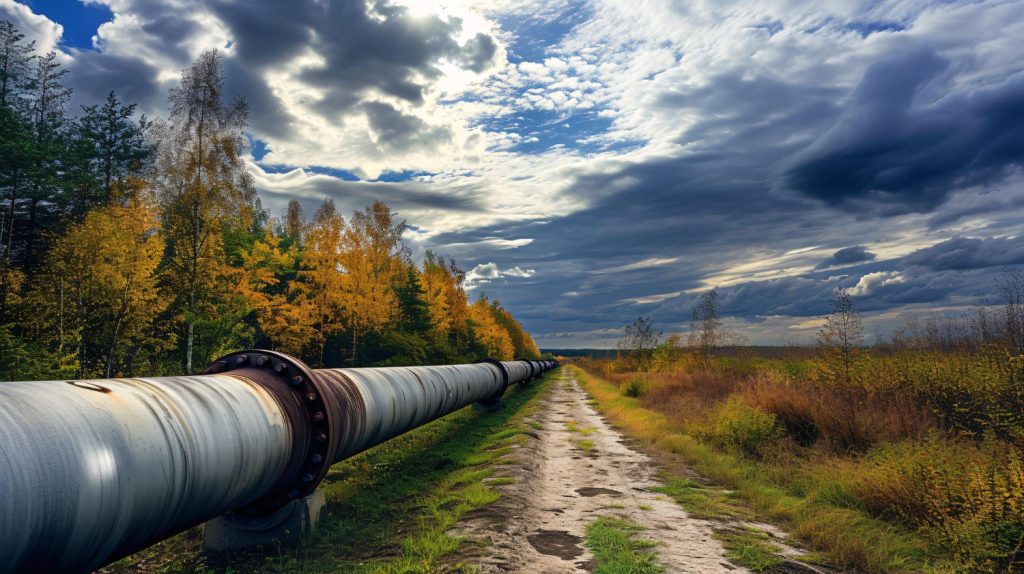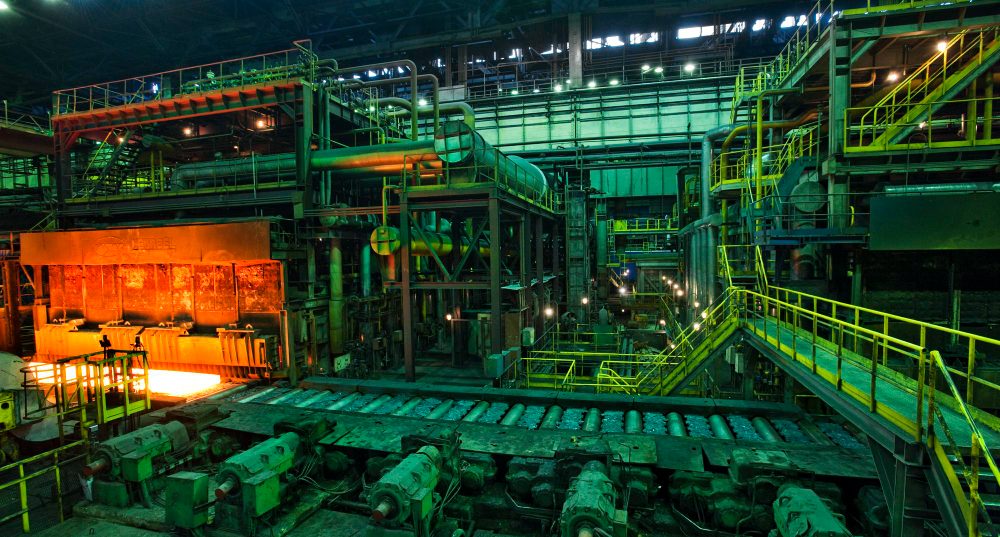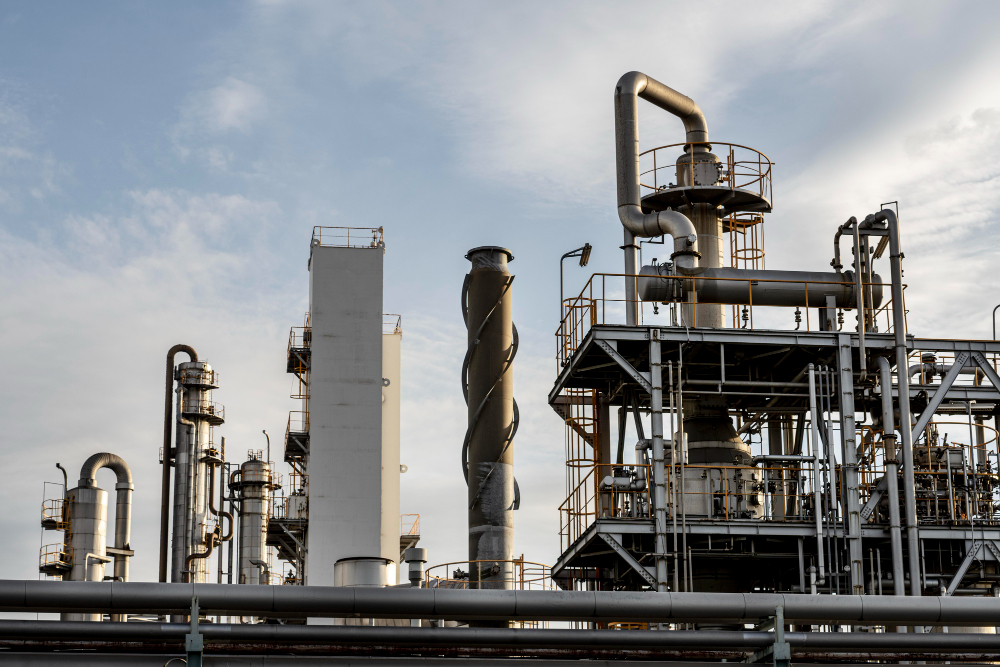CCS (carbon capture and storage) is one of the most promising technologies for decarbonising industry. It involves capturing carbon dioxide at the source of emissions (especially large steel and cement plants, etc.), transporting it by pipeline or vehicle and storing it in onshore or offshore geological formations. The effective implementation of this technology, which is capable of maintaining the competitiveness of European industry and contributing to the achievement of climate targets, requires the establishment of an appropriate legal framework. Both at European and national level, there are initiatives to this end, which we briefly present in this article.
On 25 April 2024, the European Parliament formally approved in plenary session the provisional agreement concluded with the EU Council in February 2024 on the Net-Zero Industry ACT (NZIA), called in Romanian Zero Net Emissions Industry Act. The provisions of this act, initially proposed on 16.03.2023, are intended to strengthen the competitiveness and resilience of EU industry and contribute to the Union's objective of achieving climate neutrality by 2050. The NZIA will support the deployment of a wide range of zero greenhouse gas technologies. These technologies, including CCS (Carbon Capture and Storage), are seen as key to Europe's decarbonisation efforts.
Importance of NZIA for CCS project development
NZIA recognises CO2 capture, transport and storage projects as strategic to achieving net zero targets and points to the need for streamlined and efficient permitting procedures as a state priority.
At the launch of this act in 2023, European Commission President Ursula von der Leyen said: "We need a regulatory environment that allows us to rapidly step up the transition to clean energy. The Zero Net Emissions Industry Act will do just that. It will create the best conditions for those sectors that are key to enabling us to reach net zero emissions by 2050: technologies such as wind turbines, heat pumps, solar panels, hydrogen from renewable sources and CO₂ storage. Demand is growing in Europe and globally and we are acting now to ensure that we can meet more of this demand through European supply."

Provisions of interest to development of new technologies
Increasing local production. Firstly, a (non-binding) target is set to produce 40% of net-zero technologies in the EU by 2030, based on National Energy and Climate Plans (NECPs), and to achieve 15% of global market value for these technologies.
Support for sustainable technologies. Industrial decarbonisation, energy storage technologies, biotechnologies, etc. are included in this series.
Support for authorisations. It will simplify the authorisation process. Maximum deadlines are set for projects to be authorised, depending on their scale and output.
Funding. The legislation will encourage funding from national Emissions Trading Scheme (ETS) revenues and for most strategic projects through the Strategic Technologies for Europe Platform (STEP) as a step towards a European sovereign wealth fund.
In the case of CCS, the NZIA Regulation sets an EU-wide target: annual injection capacity of at least 50 Mtpa (million tonnes) of CO₂ by 2030.
Holders of oil and gas production licences across the EU should contribute to this target in proportion to their oil and gas production from 1 January 2020 to 31 December 2023. As regards permits, in the case of a storage site, they will be granted within 18 months, in line with Directive 2009/31/EC.
Quotas are allocated differently between Member States, depending on oil and gas production, with Romania ranking second in the EU, after the Netherlands, with a quota of 9 Mtpa (million tonnes per year). On this subject, Victor Vlad Grigorescu, former Minister of Energy, said for The Economist: "The European Commission's current proposal could allocate to Romania about 25% of the 50 million tonnes of CO₂ annual EU-wide storage quota. The European Commission's approach should be reconsidered, as the proposed regulation does not clarify who will bear the costs of preparing the deposits or building the necessary infrastructure for carbon capture, transport and injection. Furthermore, the burden of storing CO₂ should be distributed across the entire oil and gas industry value chain, including to hydrocarbon distributors and traders, thus ensuring a fairer sharing of responsibilities within the EU."
Romanian initiatives in carbon capture, storage and transport
To achieve these objectives, Romania must to go through several stages: to remap storage capacities, a process estimated to take at least 2 years. Companies will go through the funding process, including from European funds such as the Innovation Fund. Funding must be raised by individual companies, and a macro assessment shows that billions of euros of investment will be needed to reach the storage target in around 15-20 years.
Romania and the other Member States are responsible for identifying and transmitting to the European Commission the relevant entities (oil and gas companies that will be subject to these provisions and that have production above a certain threshold), the volumes of oil and gas production recorded between 1 January 2020 and 31 December 2023. Subsequently, after the actual allocation of allowances, contribution requirements and plans will be drawn up, with the means foreseen to reach the target volume.
From the companies' perspective, this technology has an important advantage: they will not be charged for the emissions produced by CO₂ certificates. CCS technology contributes to the decarbonisation of the oil and gas sector and other industries (steel, cement, etc.). The cement industry alone needs a storage capacity of around 8 million tonnes of CO₂/year.
PNIESC (National Integrated Energy and Climate Change Plan), published in 2023, mentions aspects concerning the implementation at the Romanian level of the CCS Directive, another important European document for the development of this technology, but earlier NZIA: "The CCS Directive (Directive 2009/31/EC) was transposed into national legislation by GEO no.64/2011 on geological storage of carbon dioxide, approved by Law no. 114/2013. Given that GEO 64/2011 provided only a minimum institutional framework and lacked procedures for authorisation, monitoring and control, Law no. 114/2013, together with the specific procedures for granting exploration and storage permits for CO₂ geological storage sites issued by the National Agency for Mineral Resources (ANRM) as the competent authority for both CO₂ geological storage and petroleum operations, constitute the general legal framework for the safe geological storage of carbon dioxide."
Law 114/2013 is implemented by the following regulations and procedures issued subsequently:
I. Procedure for granting an exploration permit for the geological storage of CO₂
II. The procedure for granting a permit for geological storage of CO₂ has been approved
by Decision No 16/2017 of the President of ANRM.
III. Guidelines for the preparation of documentation by operators/owners: Notification on abandonment of offshore wells and decommissioning of installations issued in December 2018 by ACROPO (Competent Regulatory Authority for Offshore Oil Operations in the Black Sea).
The NEEAP is criticised by some Romanian experts for not taking into account some important aspects for achieving decarbonisation targets: "Heavy industry, responsible for a third of national CO₂ emissions and an important economic driver in Romania, will follow a complex path to reduce emissions and remain competitive in a low-carbon world. Decarbonisation of primary steel, cement, and chemicals production is superficially targeted in the NESCAP and demonstrates little awareness of the magnitude of industrial transformation needed to achieve Romania's climate targets. Like any national climate or industrial strategy, the NESCAP needs to describe in much more detail the complex measures needed for industrial decarbonisation, present more realistic estimates for the resources needed (e.g. renewable electricity, green hydrogen, and scrap metal), and propose concrete measures for financing, market deployment, and development of transport and storage infrastructure for electricity, hydrogen, and CO₂," according to an analysis by Energy Poligy Group.







